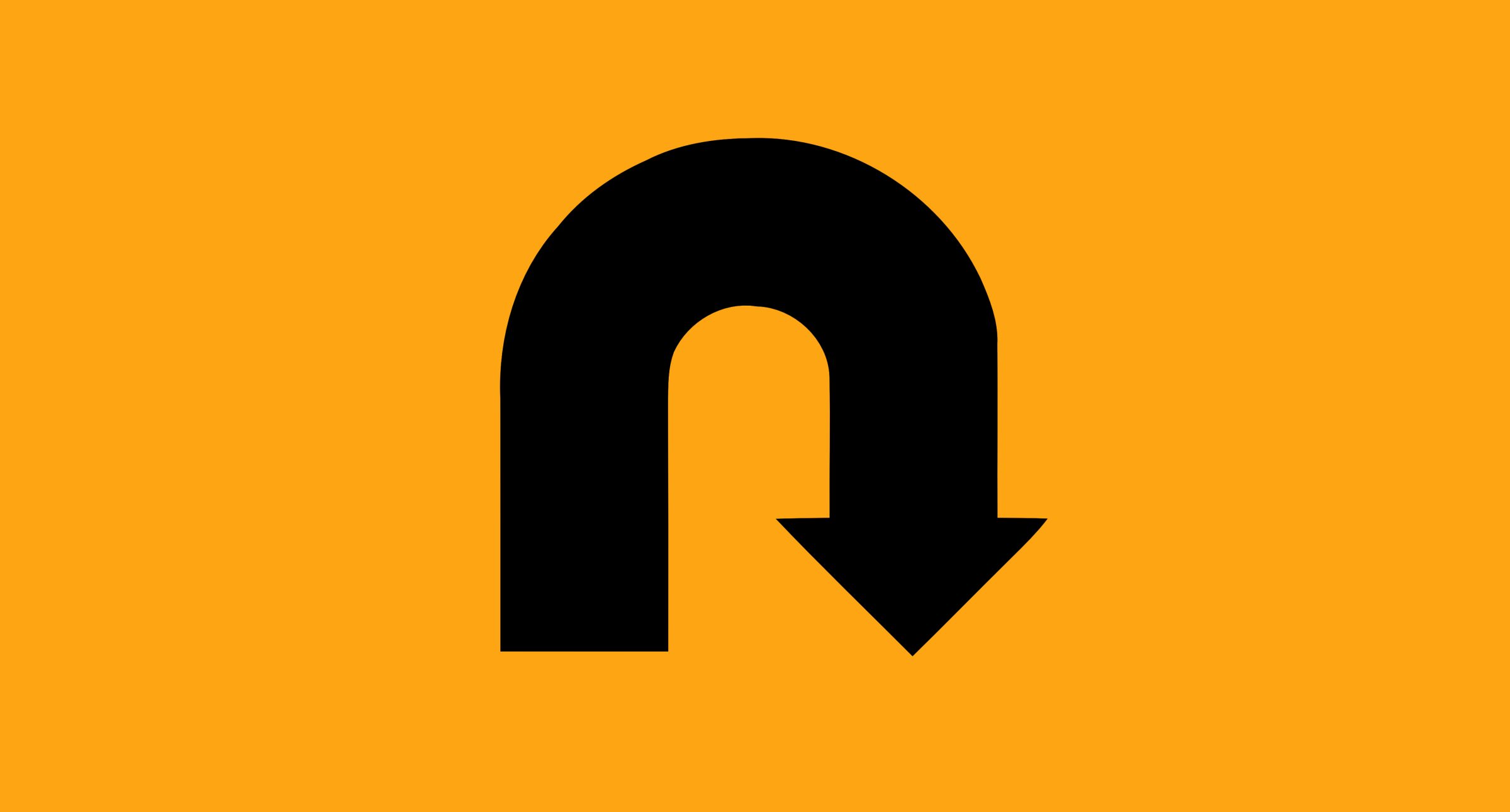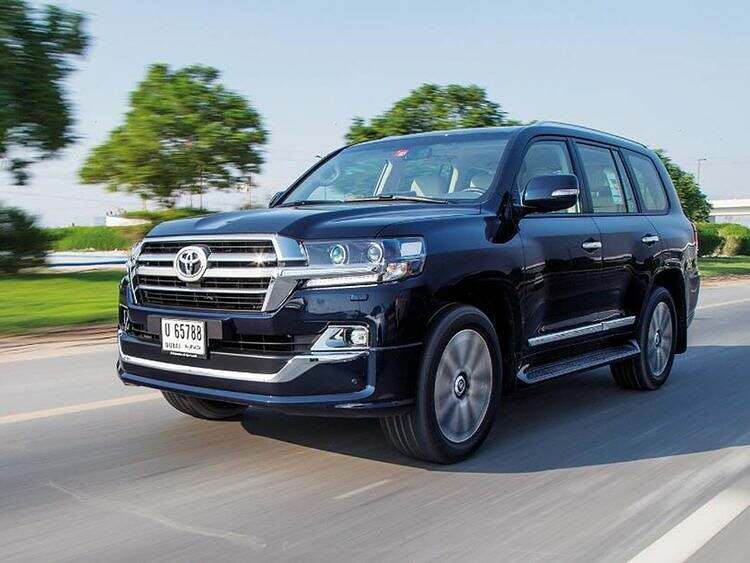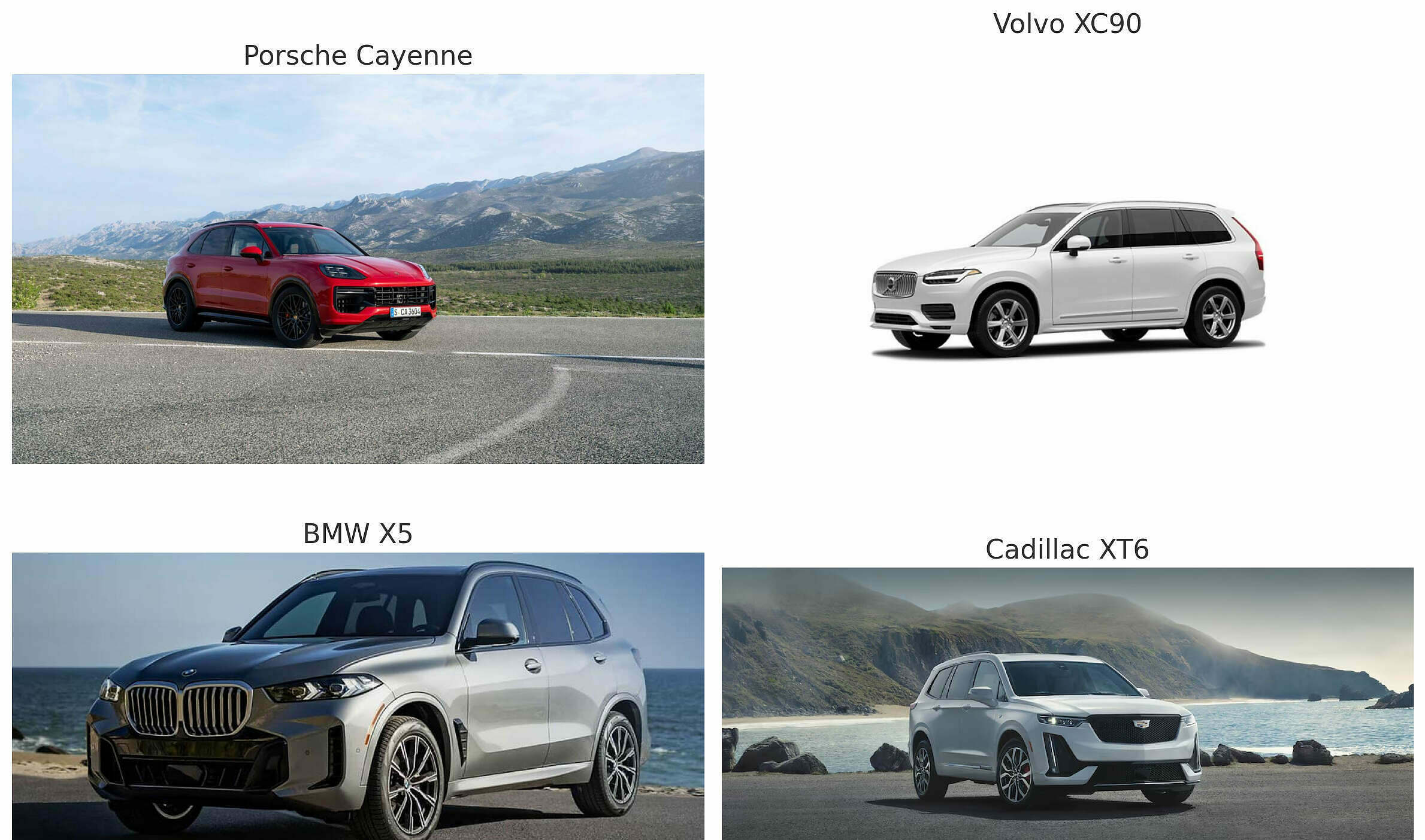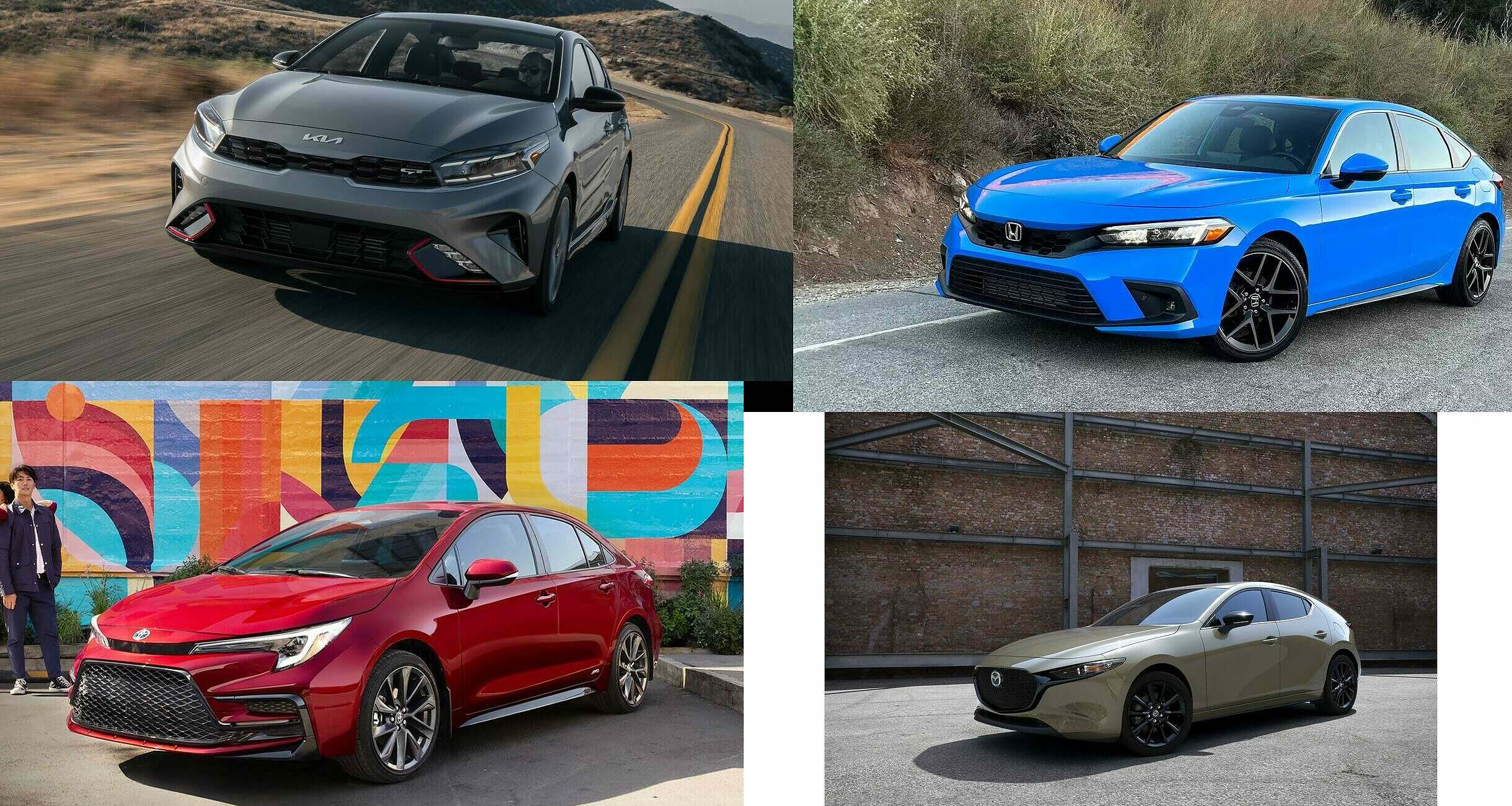Let’s face it car lots and parking spaces seem to be shrinking as more and more cars are sold.
We all need to pull off very sharp turns every now and again but if your car has a wide turning radius, this will be trick.
See the 3 fastest SUVs in the world that cost less than $100,000
That’s why before you drop down your hard earned cash on a new or used SUV, please check the manufacture’s specs for how much it will need to pull off a successful turn. If you’ve ever wanted to know what is meant by the term “turning radius“, read on.
What is a turning radius?
The turning radius of a car is the minimum radius of a circle that a vehicle is able to turn without skidding or otherwise losing control. It is also known as the turning circle, turning diameter, or turning arc. This is important for negotiating tight turns, such as around sharp corners or in a parking lot.
What is a wheelbase, how does it affect turning radius?
The turning radius is dependent on the wheelbase and the track width of the vehicle.
See all the SUVs with Amazon’s Alexa
The wheelbase is the distance between the front and rear axles, while the track width is the distance between the left and right wheels on the same axle. The larger the wheelbase and track width, the larger the turning radius of the vehicle.
For example, a full-size sedan typically has a wheelbase of about 110 inches and a track width of about 62 inches. This would give it a turning radius of about 37.5 feet.
On the other hand, a compact car with a wheelbase of about 98 inches and a track width of about 55 inches would have a much smaller turning radius of about 30.5 feet.
What other factors affect the turning radius?
In addition to the size of the vehicle, the turning radius is also affected by its suspension. Vehicles with stiffer suspensions have smaller turning radii, while those with softer suspensions have larger ones. This is because a softer suspension allows the wheels to move further in a turn before the body of the vehicle begins to roll.
Conclusion:
The turning radius of a vehicle is an important factor to consider when driving in cramp spaces. A larger turning radius makes it more difficult to maneuver in tight spots, while a smaller one allows for more maneuverability.
See all the SUVs that Heads Up Displays (HUD)
It is important to be aware of the turning radius of a vehicle in order to be able to drive safely and efficiently in any situation.
Don’t just by your new or used car just because of the interior or exterior flashiness. You could be stuck with a vehicle more harder to park or turn in cramp spaces for years. Go to the manufacturer’s website or brochure – by law they must provide the turning radius info and other specs.



